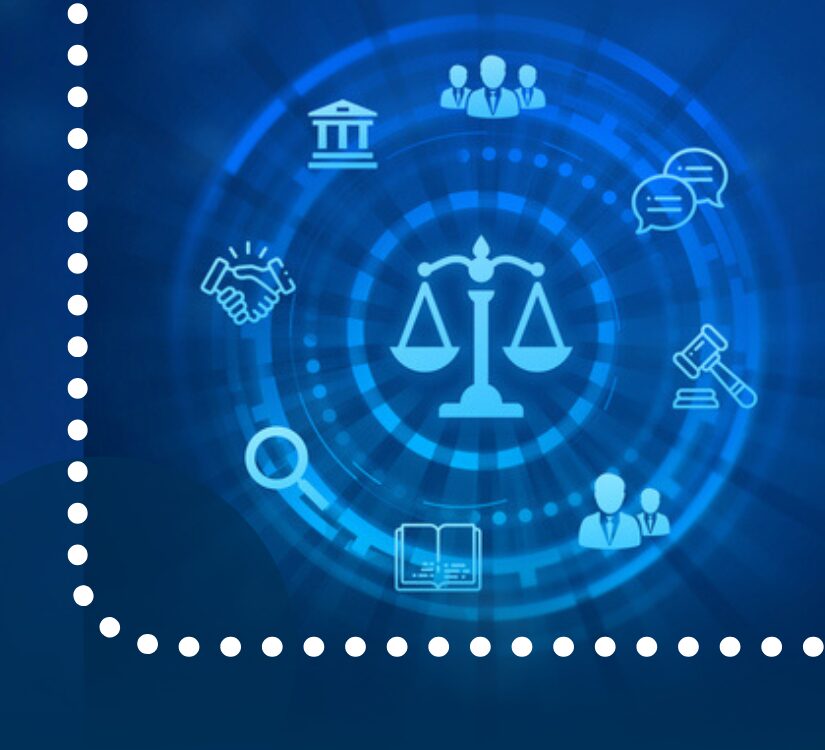
Child labor remains a critical global issue that threatens the well-being, education and future of millions of children worldwide.
Let’s dive into the importance of preventing child labor, the serious consequences for employers and practical strategies to identify and combat this harmful practice.
The devastating impact of child labor
Child labor is more than just a legal violation—it’s a profound human rights issue that can irreparably damage a child’s physical, mental and emotional development. When children are forced to work instead of attending school, they:
- Lose access to education, which is crucial for their long-term personal and professional growth
- Face increased risk of physical and psychological harm
- Are exposed to dangerous working conditions that can cause lasting health problems
- Are stripped of their childhood and opportunities for healthy development
Legal and financial risks for employers
Employers who engage in or knowingly benefit from child labor face severe consequences, including:
- Substantial financial penalties, including heavy fines that can reach hundreds of thousands of dollars
- Criminal prosecution and potential imprisonment
- Permanent damage to your company’s reputation and brand image
- Loss of business licenses and contracts
- Civil lawsuits from affected families and advocacy groups
Identifying and preventing child labor in industrial sectors
Here are a few quick detection tips to spot and prevent child labor.
- Verify age documentation: Always require and thoroughly check birth certificates, school records, and legal identification.
- Look for Red Flags: These could include workers who appear unusually young or employees who seem fearful or unable to speak for themselves. This could also be workers accompanied by an overly controlling guardian or inconsistencies in employment records or personal documentation.
Prevention strategies
There are a few things as an employer you can do to prevent child labor and human trafficking at your company.
Implement robust screening processes
- Conduct comprehensive background checks
- Use multiple verification methods for age and identity
- Train HR personnel to recognize potential child labor indicators
Supply chain transparency
- Regularly audit subcontractors and suppliers
- Establish clear anti-child labor contracts
- Conduct surprise inspections and background checks
Build educational partnerships
- Collaborate with local schools and community organizations
- Support programs that provide educational opportunities for at-risk youth
- Offer apprenticeship and legitimate youth employment programs
Preventing child labor is a collective responsibility that requires vigilance, commitment and compassionate action from employers and communities. By understanding the risks, implementing strong prevention strategies, and maintaining ethical standards, we can protect children’s rights and create safer, more equitable workplaces.
Every child deserves an education, safety, and the opportunity to develop their full potential.
Ready to take action? Discover more steps you can take to prevent child labor and human trafficking here.



